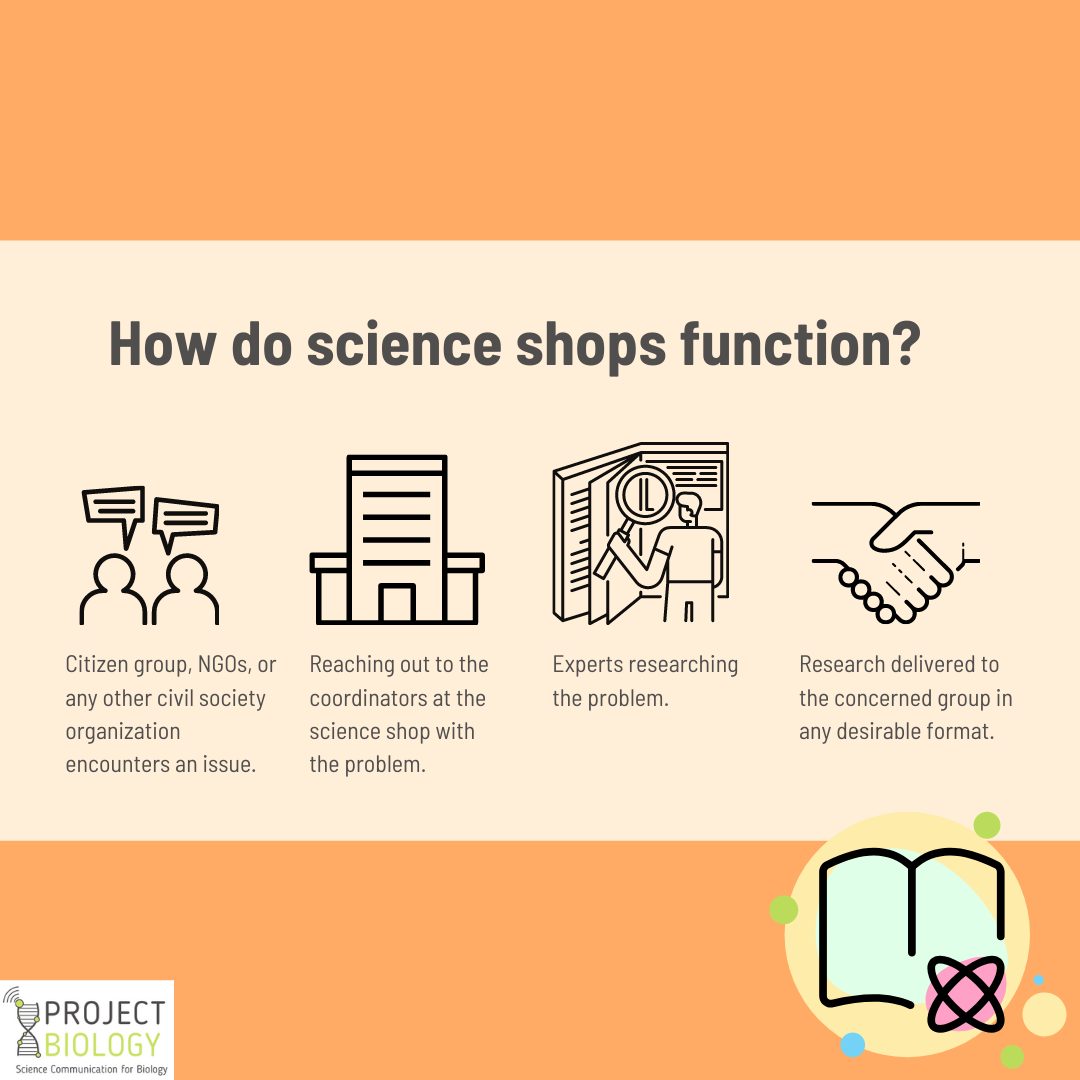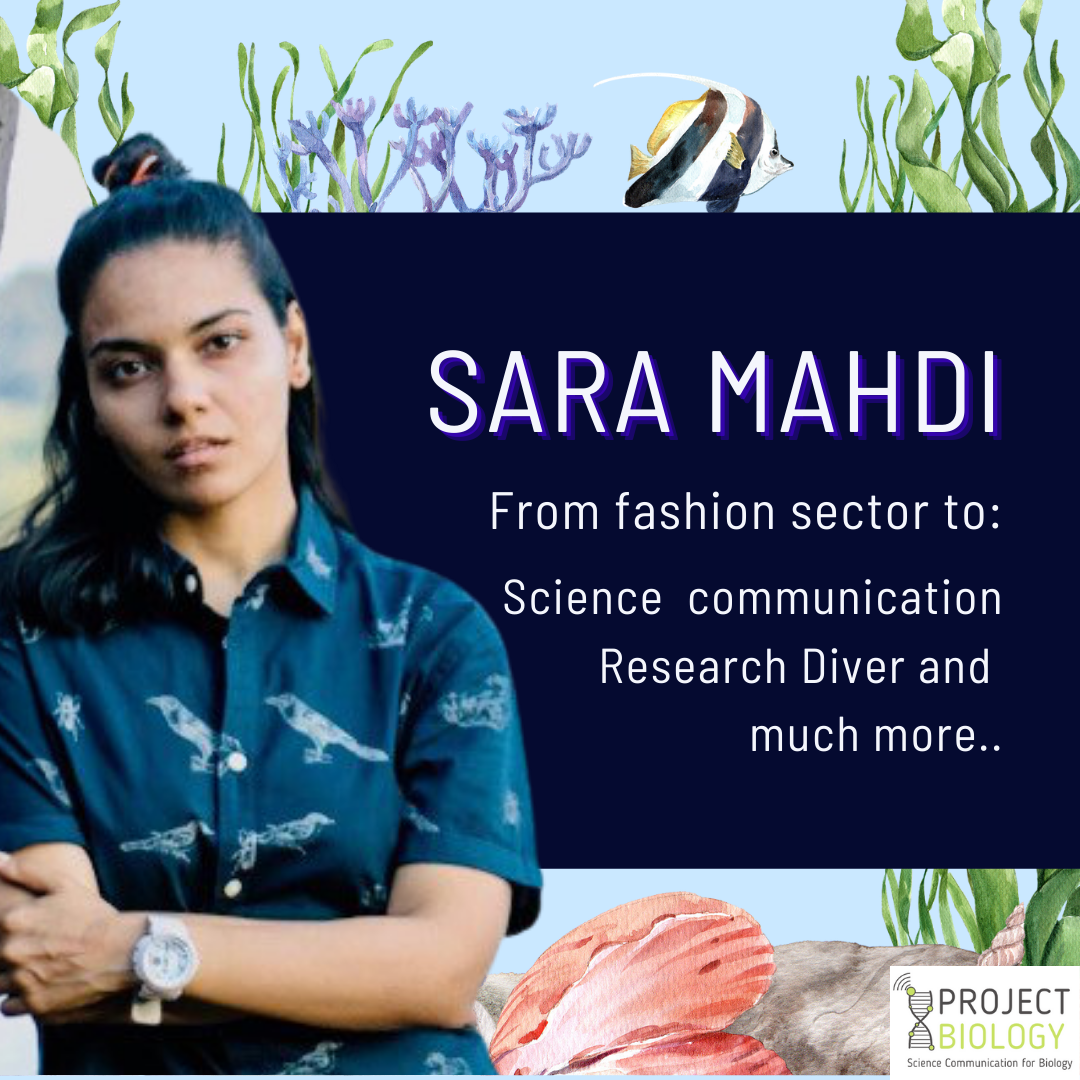Any scientist’s success depends on his scientific acumen, dynamic and intelligent research team, cutting-edge infrastructure, and writing skills. Scientists often make innovative observations, develop novel theories, strategize ground-breaking experiments, and make vital and unique discoveries.
But if these observations, thoughts, and achievements fail to reach others, they hold no value. Moreover, they also need to write to the funding bodies and government authorities to arrange funds to carry out their work without any interruption.
Additionally, upon publication in newspapers or a news bulletin, the discoveries reach every household in the world. It thus brings worldwide reputation.
Thus, communicating experimental outcomes with different social sectors appropriately is the most important task of a scientist1.
Audience targeted writing
Science often deals with complicated equations, difficult formulas, and intricate concepts, all of which seem to be dry and rather uninteresting not only to common folks but also to intellectuals of another field. A research article describing the discovery of a new cell membrane-bound biomolecule with a remarkable role in cell migration may attract a handful of readers practicing cell biology or human physiology. But it would fail to fascinate the rest of the population. So, science writing should aim to engage the audiences2.
Tip #1
As engaging audiences is not as easy as it may seem; hence the writer should have a decent knowledge of the subject. It helps represent a complex subject in a simplified manner. The writer should avoid difficult scientific terms and terminologies rather than pick up some colloquial terms. The article should be brief and crisp to transmit the key messages to the reader without any hindrance.
The Scientific Saga
A naïve or a tired reader cannot grab the scientific message presented in a complicated manner. Rather it appears as uninteresting. The topic should be narrated lucidly, perhaps in a storytelling manner, to make the readers feel connected. The writer’s skill lies in transforming a potentially unexciting subject into an attention-grabbing story, which will keep people reading your work.
For example, if a scientist unfolds a tale of years of struggle of a group of biologists trying to find the structure and location of a biomolecule having huge application in cancer progression and metastasis, the article may exhibit wide-ranging public appeal.
Tip #2
The author should not overburden the reader with intricate details of the study, rather than pass on the key messages. A maximum of three key ideas/ take-home messages is enough to digest at a single go. However, appropriate and adequate background information shall back up these ideas, describing the context, usefulness, and contribution to humankind. Too many concepts can leave the reader confused.
Psychologically speaking, a story with an easy flow appears attractive and easy to remember, rather than a list of scientific results3.
Balance is the key
Another vital step to engage a reader is to take him on a trip of your interesting findings and exciting discoveries while explaining complex ideas along the journey.
Tip #3
The complicated scientific ideas should be dissected out in smaller bites to enable the reader to relish them. He/ she should have an impression of entertainment and at the same time be informed rather than have a feeling of being patronized. Thus keeping a balance between scientific facts and eloquent writing is imperative4.
Guidelines
It’s important to focus on a single key message, which should be reflected throughout the article. This message should be relevant to the title. Everything in the article should logically and structurally support that idea.
So, it is required to organize your ideas, thoughts and act reasonably. However, as you bend the rules per your creative needs, you shall know the rules first. To make the reader aware of the context, you need to gather adequate background information at the beginning.
This will also help the reader easily follow your novel observation and experimental findings and apprehend your hypothesis. Superfluous information can make it difficult for the readers to frame a clear picture. So, the ideas and thoughts should be presented consistently and concisely.
It is always better to explain the concept so that different sectors of society can appreciate it.
To provide awareness the author may introduce some terms, but they should be well explained. Write-ups aimed at scientifically ill-informed and uninformed people should not contain any scientific terms, would be used. For example, the antigen-antibody reaction can be presented as a lock and key model if required.
Whereas articles aimed at the scientific community can contain and should contain scientific terms. This will enable every class of society to read and be informed about the scientific finding.
Tip #4
Common terms such as cancer, virus, vaccine, antibiotics, cholesterol, etc. can be used without hesitation. Moreover, a single term in two science sectors can carry different meanings, like, a biologist and a physicist use the term ‘nucleus.’ So, careful articulation of words is critical.
The article should be written in a language that the readers are familiar with. So the local spoken language is always better than the universal language, English, if common men are targeted. Simple and straightforward language with appropriate wordings should be used to understand the students and junior research fellows from the same field without any difficulty and can use them as a reference.
Presentation
To keep the readers entertained choose and present some of your striking data5. The sentences should be simple along with appropriate usage of active and passive voice. The write up should be divided into paragraphs, with each idea allocated for a separate paragraph.
Transitional phrases and sentences should be used at the beginning and at the end of the paragraphs to ensure a seamless flow. Using the same word or phrase, again and again, is not a sign of good writing and thus should be avoided.
The writer should not be reluctant about formatting. The formatting should be consistent throughout the text. Labels, abbreviations, and acronyms should be used consistently.
The writer should limit the use of pronouns in order to avoid confusion6 and prefer active voice rather than passive voice.
In a nutshell
Your writing is your chance to please the scientific world and to establish yourself. So be cautious about ‘creativity.’ It sounds good, but a scientific article is all about conveying appropriate evidence-based information. So it would be best if you took care of not compromising scientific value for the sake of creativity.
It would help if you opted to present a scholarly, clear, well-written description of your work encompassing ideas, results, and interpretations to encourage a dialogue between scientists.
Changing the goal from simply publishing your manuscript to publishing an interesting manuscript that encourages discussion, and inspires additional questions and ideas due to its fundamental clarity to the reader is always appreciable.
Articles with strong, concise, crisp, and declarative titles are preferred not only by scientific journals but also by social media or press people. Thus, clear cut and concise articles are always desirable7.




